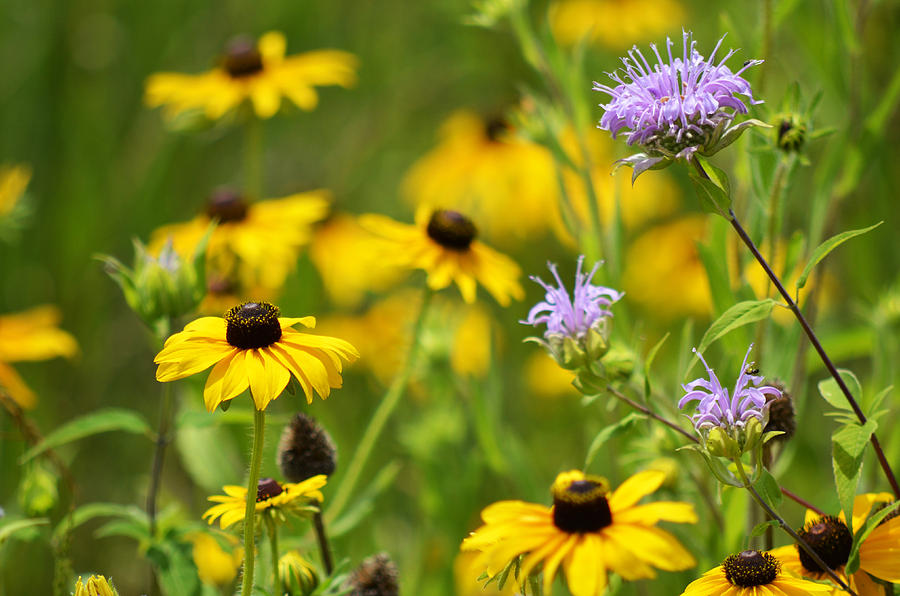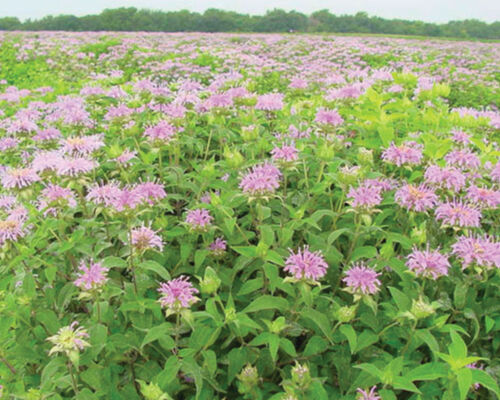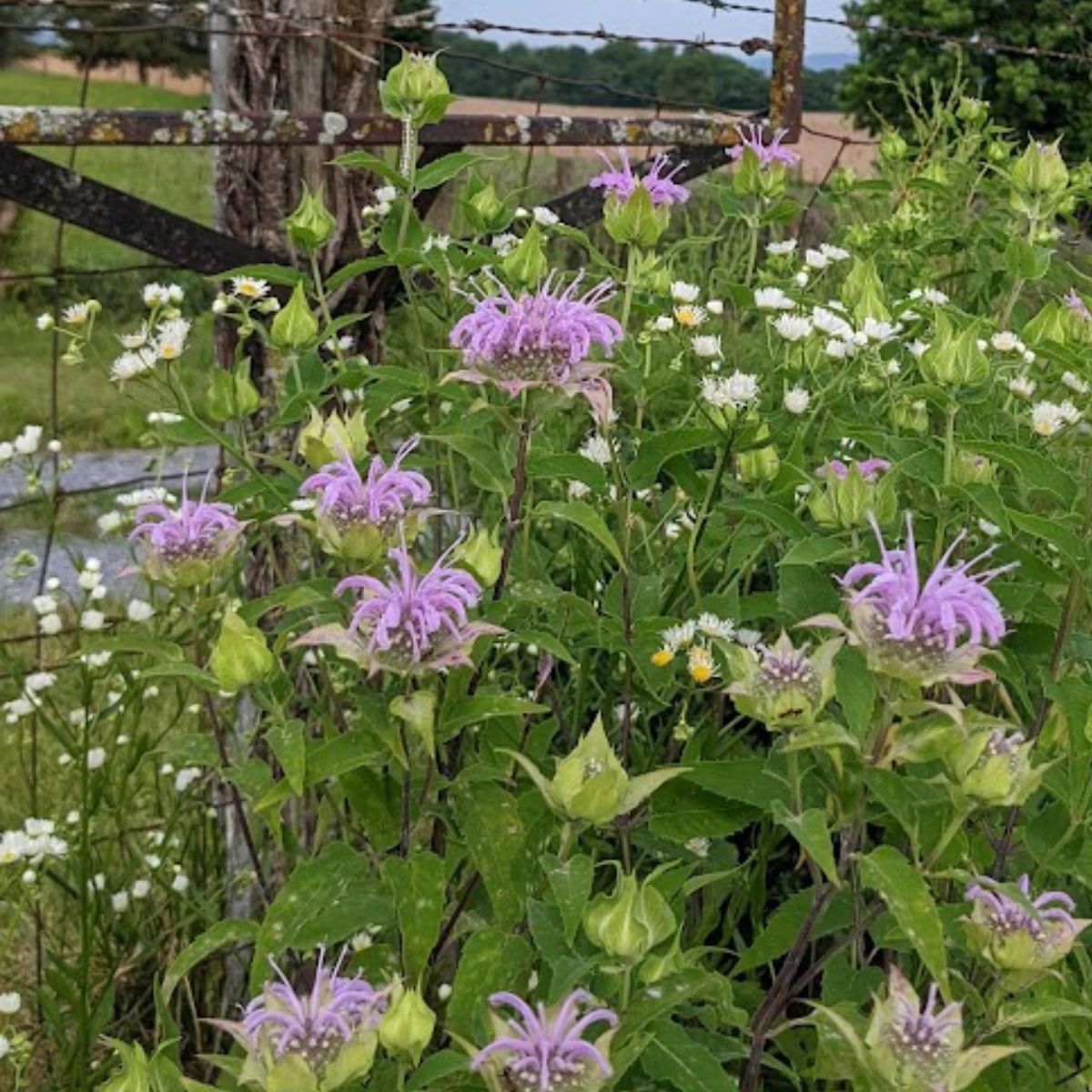Wild Bergamot Companion Plants That Will Make Your Garden Pop
Wild Bergamot Companion Plants That Will Make Your Garden POP
Wild bergamot (Monarda fistulosa) is a beautiful and versatile perennial that can add a pop of color to any garden. It's also a great choice for attracting pollinators, such as bees, butterflies, and hummingbirds.
If you're thinking about adding wild bergamot to your garden, you may be wondering what companion plants to choose. Here are a few of our favorites:
- Black-eyed Susans: These cheerful yellow flowers bloom at the same time as wild bergamot, and they make a great contrast in color.

- Coneflowers: Coneflowers come in a variety of colors, so you can find one that perfectly complements your wild bergamot. They also attract pollinators, so they're a great choice for a butterfly garden.

- Liatris: Liatris is a tall, spiky flower that blooms in late summer. It's a great choice for adding height and drama to your garden.

- Yarrow: Yarrow is a hardy perennial that blooms in early summer. It's a great choice for attracting pollinators, and it can also help to repel pests.
- Bee balm: Bee balm is a close relative of wild bergamot, and it shares many of the same qualities. It's a great choice for attracting pollinators, and it also has a pleasant minty aroma.
In addition to these companion plants, there are many other flowers and plants that can be planted alongside wild bergamot. When choosing companion plants, it's important to consider the following factors:
- Sunlight: Wild bergamot prefers full sun, so you'll want to choose companion plants that also thrive in direct sunlight.
- Water needs: Wild bergamot is drought-tolerant, so you'll want to choose companion plants that have similar water needs.
- Bloom time: Wild bergamot blooms in mid-summer, so you'll want to choose companion plants that bloom at the same time or later.
- Height: Wild bergamot can grow up to 3 feet tall, so you'll want to choose companion plants that are similar in height or that will provide some contrast.
With a little planning, you can create a beautiful and pollinator-friendly garden by pairing wild bergamot with the right companion plants.
Conclusion
Wild bergamot is a versatile and attractive plant that can add a pop of color to any garden. By choosing the right companion plants, you can create a beautiful and pollinator-friendly garden that will thrive for years to come.
Here are some additional tips for planting wild bergamot with companion plants:
- Plant companion plants in groups of three or more for a more visually appealing effect.
- Space plants according to their mature size to allow for adequate airflow and prevent diseases.
- Water regularly, especially during the first year after planting.
- Mulch around plants to help retain moisture and suppress weeds.
- Deadhead spent flowers to encourage more blooms.
With a little care and attention, wild bergamot and its companion plants will thrive in your garden for years to come.
Image of wild bergamot companion plants
5 different images of wild bergamot companion plants from Pinterest:
- Coneflower. Coneflowers are tall, daisy-like flowers that attract a variety of pollinators, including bees, butterflies, and hummingbirds. They also provide nectar and pollen for beneficial insects like ladybugs and lacewings.
- Salvia. Salvias are another great choice for companion plants with wild bergamot. They come in a variety of colors and attract a wide range of pollinators. Some popular salvias for companion planting with wild bergamot include scarlet sage, blue salvia, and purple sage.

- Bee balm. Bee balm is a relative of wild bergamot and is also a great nectar source for pollinators. It has a strong, minty scent that some people find appealing, but others may find it too strong.
- Yarrow. Yarrow is a hardy perennial that blooms in the summer and attracts a variety of pollinators. It is also known for its medicinal properties and can be used to treat wounds, bruises, and other minor injuries.

- Echinacea. Echinacea is another medicinal plant that attracts pollinators. It is known for its immune-boosting properties and can be used to treat colds, flu, and other infections.


Post a Comment for " Wild Bergamot Companion Plants That Will Make Your Garden Pop"